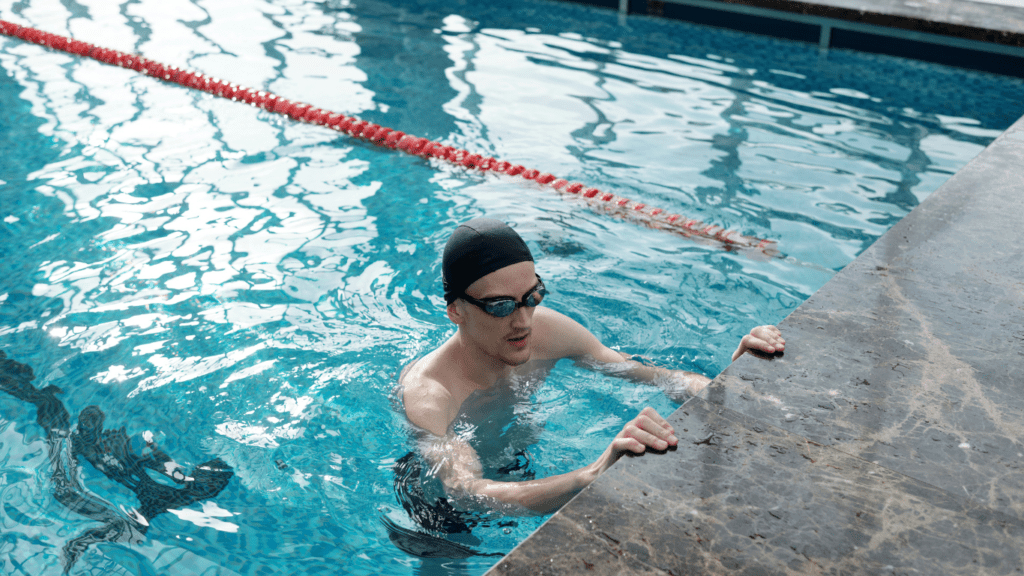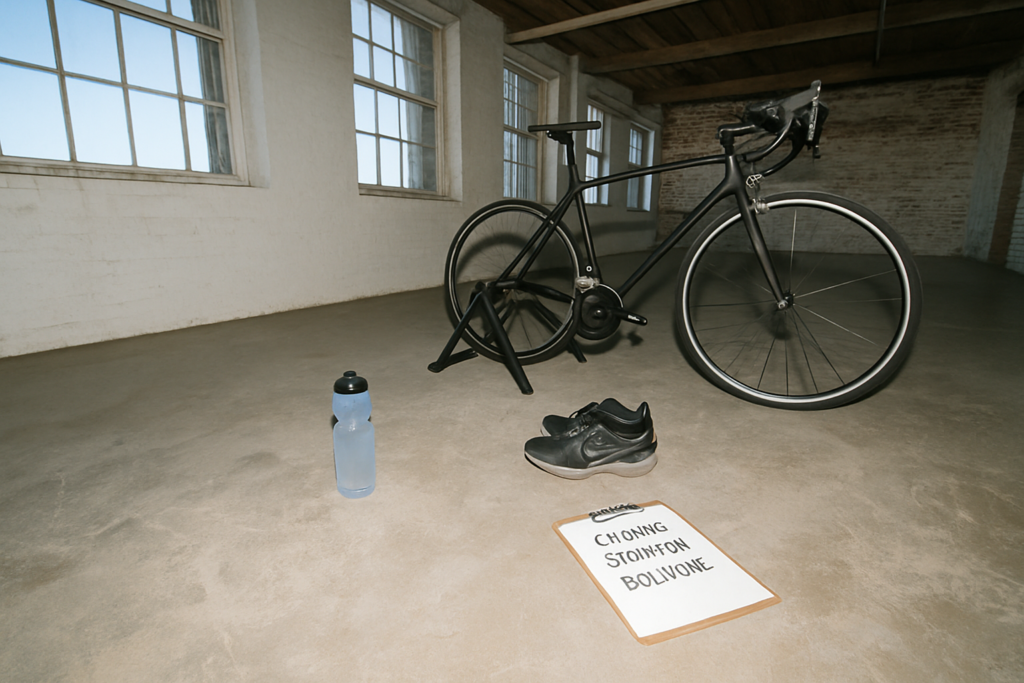Benefits of Cross-Training for Cyclists
Cyclists who incorporate cross-training into their routines can experience a range of benefits that enhance their overall performance and well-being.
Improved Overall Fitness
Boosting overall fitness helps cyclists perform better across varied terrains. Engaging in activities such as:
- running
- swimming
- weight training
targets different muscle groups, increasing strength and endurance.
Running improves cardiovascular health, allowing the heart to pump more efficiently during cycling.
Swimming works the upper body, which complements the lower-body dominance in cycling, leading to a more balanced physique.
Strength exercises, including squats and lunges, focus on muscle groups vital for powerful pedaling.
Reduced Risk of Injury
Diversifying workouts minimizes overuse injuries, a common issue among dedicated cyclists. Cross-training addresses muscle imbalances by incorporating activities that target weaker areas.
For instance, swimming provides a low-impact environment to strengthen muscles without putting stress on joints. Practicing yoga promotes flexibility and helps prevent strains and sprains by keeping muscles supple and joints mobile.
Including these varied activities ensures cyclists maintain their form and prevent fatigue-related injuries.
Popular Cross-Training Activities
Incorporating different kinds of exercise in a cycling routine boosts performance and prevents injury. Here are effective cross-training activities to complement cycling.
Swimming for Cardiovascular Health

Swimming enhances cardiovascular health while offering a full-body workout. This low-impact activity is ideal for cyclists recovering from intense rides.
By engaging various muscle groups without stressing joints, swimming helps maintain cardiovascular endurance.
For instance, a consistent swim regimen can improve lung capacity and overall stamina, which are crucial for long bike rides.
Yoga for Flexibility and Balance
Yoga improves flexibility and balance, essential for cyclists. It promotes muscle elongation and joint health, reducing the risk of injury.
Poses like Downward Dog and Warrior enhance core strength and stability. Practicing yoga regularly helps alleviate tightness in the hamstrings and lower back, which are common in cyclists.
Strength Training to Enhance Power
Strength training builds muscle power, crucial for cycling performance. Focus on exercises like squats, lunges, and deadlifts to target the lower body.
Incorporating upper-body exercises, such as push-ups and rows, ensures overall muscle balance. Strengthening these muscles translates to better pedal efficiency and stamina during long rides, enhancing overall cycling power.
Designing a Cross-Training Schedule
Creating a cross-training schedule involves balancing different activities to achieve optimal performance enhancement. Key elements include intensity management and integrating workouts with cycling.
Balancing Intensity and Recovery
Balancing intensity ensures that muscles recover properly, reducing injury risk. Rotate high-intensity cross-training workouts with lighter sessions.
For example, follow a strength training day with yoga to promote recovery. Use swimming for active recovery, as it’s low-impact but maintains cardiovascular fitness. Ensure at least one rest day per week to allow complete muscle recovery.
Integrating Cross-Training with Cycling
Integrating cross-training with cycling involves strategic planning. Align complementary activities with your cycling schedule. For instance:
- Swim on off-bike days to enhance cardiovascular capacity without additional leg strain.
- Strength train twice a week, focusing on different muscle groups than those used heavily in cycling.
- Practice yoga on lighter cycling days to improve flexibility and mental focus.
Align cross-training with peak cycling periods to avoid overtraining, focusing on complementary benefits to elevate overall performance.
Gear and Equipment for Cross-Training
Integrating proper gear and equipment into a cross-training routine enhances effectiveness and safety. Choosing the right items depends on the activities incorporated.
Essential Gear for Indoor Activities
For indoor cross-training, focus on quality equipment.
- First, I recommend an adjustable dumbbell set. It’s versatile for various strength training exercises.
- Second, a yoga mat is crucial for both yoga and floor exercises.
- Third, resistance bands provide adjustable tension for muscle work.
- Fourth, a stability ball can assist with core strength routines.
- Lastly, a set of kettlebells adds dynamic resistance for more extensive movement.
Recommendations for Outdoor Cross-Training
Outdoor cross-training requires durable and specific gear. Trail running shoes offer excellent support and grip for off-road paths.
For swimming, select a high-quality swimsuit, along with goggles and a swim cap to reduce drag.
When hiking, a sturdy backpack with hydration features ensures you’re prepared for long excursions.
Additionally, lightweight, breathable clothing improves performance and comfort in various weather conditions.
Including these gear recommendations facilitates a seamless and effective cross-training routine that complements cycling, ensuring varied and balanced athletic development.

 I’m Brendamee McCartyierr, and as the founder of Cycle Smooth Ride Long, I'm thrilled to bring you the ultimate resource for all things cycling. Whether you're a seasoned rider or just starting on your cycling journey, our mission is to support your passion for two wheels with trusted advice, insightful reviews, and expert tips.
Cycling is more than just a hobby—it's a lifestyle that promotes health, freedom, and adventure. At Cycle Smooth Ride Long, we’re committed to making your ride smoother, longer, and more enjoyable by providing you with the latest in cycling news, nutrition advice, fitness tips, and gear reviews. We also cater to beginners, offering comprehensive guides to help you get started and build confidence on the road.
I’m Brendamee McCartyierr, and as the founder of Cycle Smooth Ride Long, I'm thrilled to bring you the ultimate resource for all things cycling. Whether you're a seasoned rider or just starting on your cycling journey, our mission is to support your passion for two wheels with trusted advice, insightful reviews, and expert tips.
Cycling is more than just a hobby—it's a lifestyle that promotes health, freedom, and adventure. At Cycle Smooth Ride Long, we’re committed to making your ride smoother, longer, and more enjoyable by providing you with the latest in cycling news, nutrition advice, fitness tips, and gear reviews. We also cater to beginners, offering comprehensive guides to help you get started and build confidence on the road.
